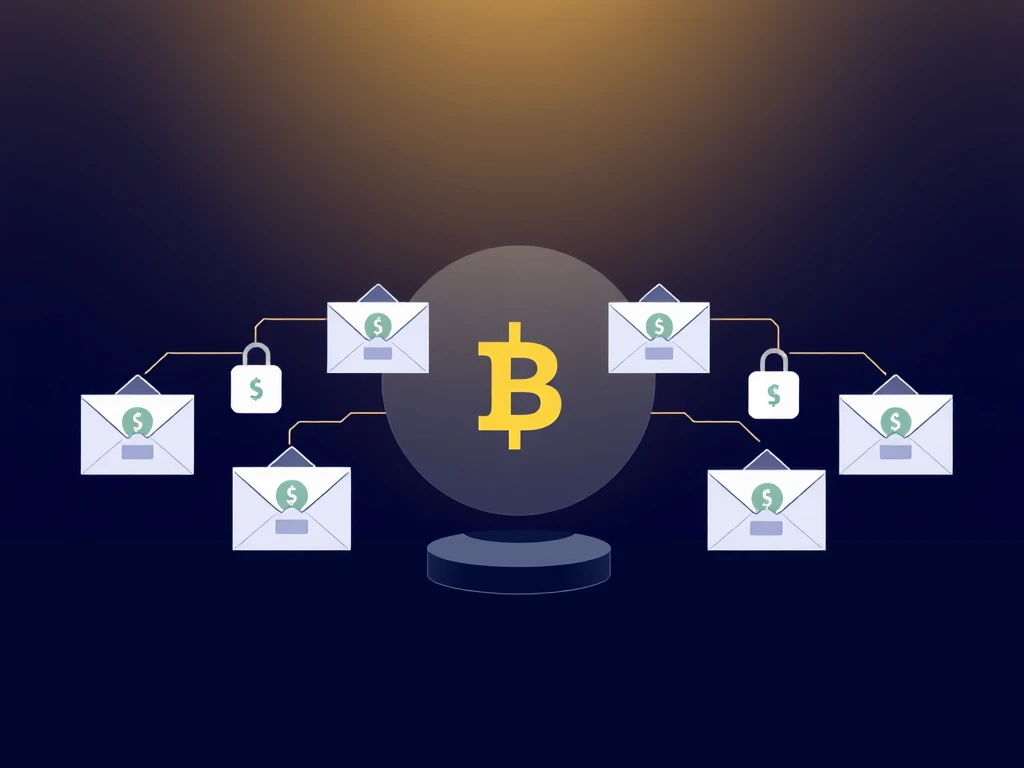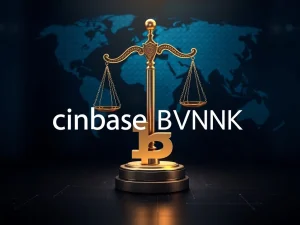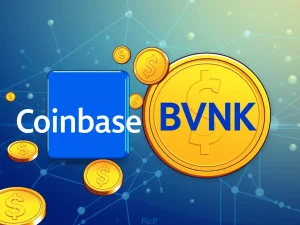Secure Sealed-Bid Token Launch: Unveiling a Fair Crypto Fundraising Method

Navigating the dynamic world of cryptocurrency launches can be complex. As new projects emerge, finding equitable and secure ways to distribute tokens is paramount. One increasingly popular strategy gaining traction is the sealed-bid token launch. Unlike traditional public sales where bids are visible, this method keeps participant offers confidential until the auction concludes, aiming to enhance fairness and prevent manipulation. Let’s dive into what makes this approach stand out among various crypto token launch strategies.
Understanding Sealed-Bid Token Launch
A sealed-bid token launch is a distribution method where participants submit private bids for tokens without knowing what others are offering. This mechanism is inspired by traditional sealed-bid auctions used in finance for things like government bond sales. In the crypto context, it leverages blockchain technology, often via smart contracts, to manage the bidding and allocation process securely.
Compared to other token launch methods like ICOs, IEOs, or fair launches, the sealed-bid approach emphasizes:
- **Confidentiality:** Bids are hidden until the auction ends.
- **Simultaneous Submission:** Participants submit bids within a defined window.
- **Post-Auction Reveal:** All bids are revealed and processed after the deadline.
This structure is designed to promote a more organic and fair token launch by reducing competitive bidding wars driven by visibility and limiting opportunities for malicious actors like bots or front-runners.
How Sealed-Bid Token Launches Work: A Step-by-Step Guide
The process for a sealed-bid token launch is structured to ensure transparency and security, primarily relying on smart contracts for execution. Here’s a typical flow:
-
Project Announcement: The project team announces the sealed-bid sale, detailing the total token supply for auction, the bidding timeline, minimum/maximum bid requirements, and the allocation rules (e.g., highest bids win, or a clearing price model).
-
Private Bid Submission: Interested participants submit their bids via the designated platform or smart contract. Each bid specifies the desired quantity of tokens and the price offered per token. Crucially, these bids are encrypted or concealed, invisible to other participants.
-
Bid Locking: Once submitted, bids are typically locked, preventing withdrawal or modification until the auction concludes. This ensures commitment and reinforces the integrity of the process.
-
Bid Revelation and Allocation: After the bidding window closes, all submitted bids are revealed and processed by the smart contract. The tokens are allocated based on the predefined rules. This might mean the highest bidders receive tokens until the supply is exhausted, or a single clearing price is determined based on aggregate demand, with all winning bidders paying that price. Unsuccessful or partially successful bidders receive refunds for unspent funds.
This automated, on-chain process minimizes reliance on intermediaries and provides a verifiable record of the auction outcome, contributing to a more trustworthy crypto fundraising methods landscape.
Advantages of This Fair Token Launch Method
The sealed-bid token launch offers several compelling benefits that address common issues seen in other token distribution models:
- **Enhanced Transparency (Post-Auction):** While bids are hidden during the process, the final allocation and winning bids are typically made public on-chain via the smart contract, providing verifiable results.
- **Reduced Front-Running and Gas Wars:** The fixed bidding window eliminates the rush to submit transactions quickly, reducing network congestion (gas wars) and preventing bots from exploiting transaction order (front-running).
- **Improved Price Discovery:** Since bidders cannot see others’ offers, they must bid based on their genuine valuation of the token, leading to a price that potentially better reflects true market demand rather than speculative hype.
- **Minimizes Whale Dominance:** While large bidders can still win, the lack of real-time visibility makes it harder for them to strategically outbid smaller participants incrementally.
- **Combats Manipulation:** By removing live price feeds and competitive bidding cues, the method reduces the likelihood of coordinated pump-and-dump schemes or collusion among bidders.
Risks and Limitations of Sealed-Bid Token Launches
Despite the benefits, the sealed-bid token launch method is not without its challenges and risks:
- **Initial Opacity:** The confidential nature means participants lack real-time information about the bidding landscape, which can feel uncertain for some investors.
- **Complexity:** The mechanism might be less intuitive for average retail investors compared to simpler models like a fixed-price sale. This complexity could deter participation.
- **Suitability for Smaller Projects:** Projects without significant existing hype or community might struggle to attract sufficient competitive bids, potentially leading to underfunding. The Conor McGregor REAL token launch, which used a sealed-bid format, notably raised only 39% of its target, partly due to market conditions and skepticism towards memecoins.
- **Smart Contract Risk:** Like any blockchain-based system, the process relies on the smart contract code. Bugs or vulnerabilities in the contract could lead to losses or unfair outcomes.
- **Risk of Underbidding:** Without knowing other bids, participants might bid too low and fail to receive any allocation, or bid too high and overpay compared to the clearing price.
Use Cases and Future Potential
The sealed-bid token launch is finding its place in specific areas of the crypto ecosystem and holds potential for future development:
- **DAO Fundraising:** Provides a transparent and verifiable method for decentralized autonomous organizations to raise funds from their community.
- **Decentralized Launchpads:** Future decentralized launch platforms could adopt this model to offer fairer and more secure launches for new projects.
- **High-Demand Tokens:** Particularly effective for distributing tokens with scarce supply where demand is expected to be high, helping to manage congestion and speculation.
- **Integration with Identity:** As regulatory pressures increase, future sealed-bid systems could incorporate decentralized identity or KYC verification to ensure participants are legitimate, combining privacy with compliance.
This method represents an evolution in crypto fundraising methods, prioritizing fairness and security. While not a universal solution, its strengths in reducing manipulation and promoting genuine price discovery make it a valuable tool for projects seeking a more robust distribution process.
Conclusion: A Step Towards Fairer Token Distribution
The sealed-bid token launch stands out as an innovative and increasingly relevant method for distributing cryptocurrency tokens. By keeping bids confidential until the auction’s close, it addresses several persistent issues in the crypto space, including front-running, gas wars, and manipulative bidding strategies. While it introduces some complexity and uncertainty for participants, its potential for fostering a more equitable and transparent fair token launch process is significant. As the crypto market matures, methods like the sealed-bid auction, which prioritize security and fairness, are likely to play a more prominent role in the future of crypto token launch strategies and crypto fundraising methods.







